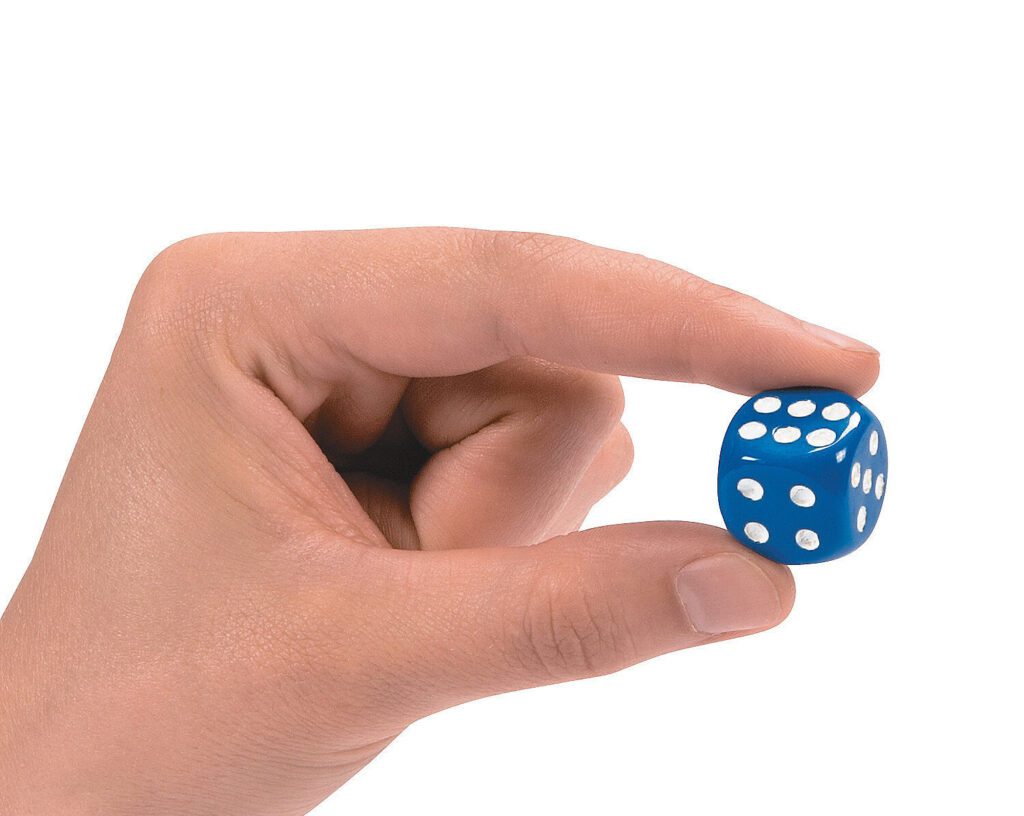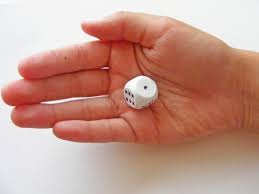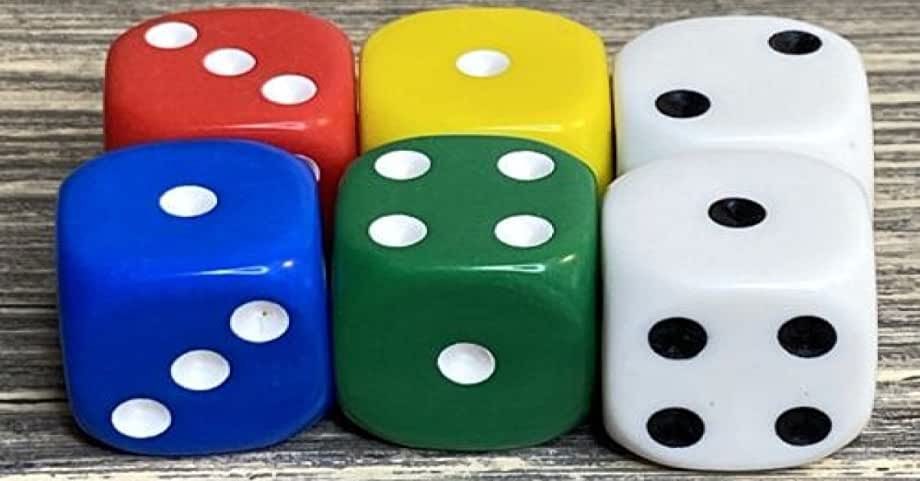Count With Your Eyes: Let's Subitize!

Four-year-old Juan shakes a die between his palms, rolls it, counts each pip (dot) on the side facing up, and announces, “One, two, three! I rolled a three!”
“My turn!” Maria announces as she shakes the die between her hands and rolls it. “Six! I win! Six is more than three!”
Maria doesn’t need to count the pips. She recognizes the pattern immediately, and her number sense tells her the value of the pips on the die.
These young friends are developing an early math skill called subitizing (pronounced “soo-beh-tizing) as they play a game of Dice War.
Subitizing is the ability to "see" a small number of objects and know how many there are without counting. Just like counting, subitizing helps us answer the question, “How many?”
Maria and Juan are playing with one die, so they are working with numbers ranging from one to six. With each successive round of the game, their pattern-recognition skills grow stronger. Before long, they can recognize the total number of pips on each throw without counting.

Have you ever played a round of Dice War with your child? Each player rolls a die, and the player who rolls the highest number wins. There's no need to keep score, and nobody cares who wins each round because the pace is fast and fun.
Dice War is a great activity for children just beginning to understand concepts such as “greater than” and “less than.” The quick repetition of rolls helps them retain the lessons being learned.
Children who play Dice War also develop important social-emotional skills such as how to take turns, be a good loser, and enjoy the game.

Last month, we talked about environmental print and how your child can “read” words like STOP or McDonald’s or Target without sounding them out every time.
Just as kids can learn to recognize words on signs, logos, billboards, and other types of environment print, they can learn how to determine the total number of dots on the face of a die without counting each dot.
Dice games are a great way to help foster the development of this fundamental math skill.
As your child gains confidence and success with this math game, you can try adding a second die. But be sure to maintain a high "fun factor." You can't speed up learning!
Subitizing helps children develop and strengthen their counting abilities, use different problem-solving strategies, and handle complex number relationships like sequencing and grouping.
Children also begin to understand cardinality as they work with dice. (Children who have mastered this skill understand that the last number counted also represents the total number of objects in the set.)
Dice and board games are good tools for teaching subitizing and observing your child’s growing ability to master the idea of quantity. Keep a jar full of dice within easy reach to provide plenty of opportunities to practice and make up new games.
Begin by subitizing quantities of one, two, and three. If your child is having difficulty subitizing, reduce the quantity of dots. In a math workshop I once attended, the trainer recommended blacking out the pips representing four, five, and six for the younger children.

Dice games also help young children develop social-emotional skills in a fun and engaging way. Grab some dice and introduce your child to subitizing fun!
Ready Child has two activities that foster social skills, such as taking turns and learning how to lose gracefully. If your child needs a little additional help in these areas, be sure to check out our More Than a Card Game and Taking Turns activities.